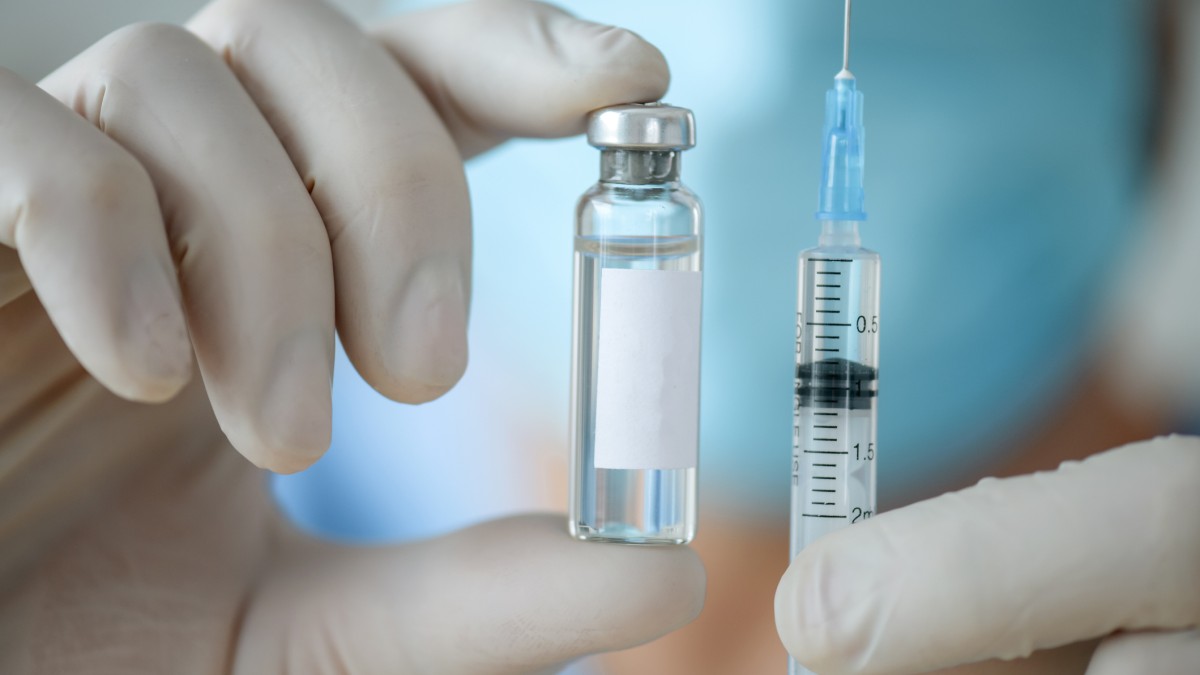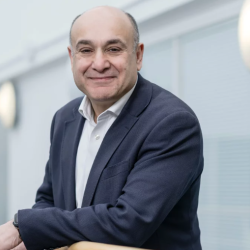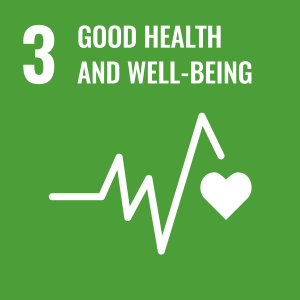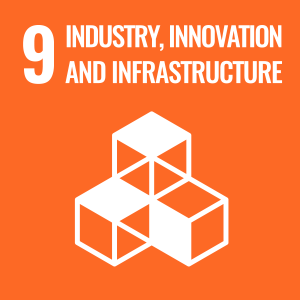Surrey’s low-cost vaccine vial monitors that detect damaging heat exposure brought to market
A colour-changing label could help prevent millions of vaccine doses from going to waste, say scientists from the University of Surrey. The innovation, now being commercialised through a partnership with MM PACKAGING GmbH (MM) Group and leading materials specialists Advanced Material Development Ltd (AMD), provides a low-cost and reliable way to show whether vaccines have been exposed to damaging heat.

Vaccines save up to three million lives globally each year, but according to Gavi, up to half are wasted due to thermal exposure or breaks in the cold chain, particularly in low- and middle-income countries. Vaccine vial monitors (VVMs) are labels that show whether vaccines and other medicines have been exposed to temperatures that make them unsafe or ineffective. Until now, the World Health Organization (WHO) had only one VVM solution worldwide, but researchers at the University have developed a new alternative: a low-cost label that responds to temperature over time, offering a promising new tool for global vaccine distribution.
Under the leadership of Dr Jurewicz, senior university research fellows, Dr Thomas Waters and Dr Joe Hall, played a pivotal role in transforming the technology from laboratory concept to commercial product in partnership with AMD Ltd. The patented innovation now commercialised as the TempSight® Time Temperature Indicator has been licensed for large-scale production by global pharmaceutical packaging leader MM Packaging, marking a major step toward real-world impact.
AMD has invested more than £2 million in photonic crystal research led by Dr Jurewicz, with additional support from UK Research and Innovation (UKRI) and the Engineering and Physical Sciences Research Council (EPSRC). In 2024, Dr Jurewicz received the UKRI Innovation Prize and a further £0.9 million UKRI award to bring the technology and other photonic sensors to market.
At AMD, we are proud to have funded and driven the development and commercialisation of this breakthrough photonic crystal technology with both academic and commercial partners. Although vaccine safety has been the key challenge that we have addressed, there are multiple parts of the supply chain where temperature exposure is critical.John Lee, CEO of Advanced Material Development Ltd
The new VVMs, designed to meet WHO requirements for vaccine safety, will now undergo WHO testing – a vital step before they can be used across international immunisation programmes. Dr Jurewicz and her group at Surrey will continue to advance the technology, exploring other high-impact applications in temperature-sensitive areas such as cancer drugs, blood storage and even food packaging, where cold-chain failures pose serious risks.
This is a fantastic achievement that shows how collaboration between industry and academia can make a real-world difference. Vaccines are among the most important tools we have for protecting global health, and this innovation from Surrey demonstrates how research and enterprise can come together to save lives.Dr Jim Shaikh, Managing Director of Innovate Surrey

###
Notes to editors
- Dr Izabela Jurewicz is available for interview; please contact mediarelations@surrey.ac.uk to arrange.
Related sustainable development goals


Media Contacts
External Communications and PR team
Phone: +44 (0)1483 684380 / 688914 / 684378
Email: mediarelations@surrey.ac.uk
Out of hours: +44 (0)7773 479911
